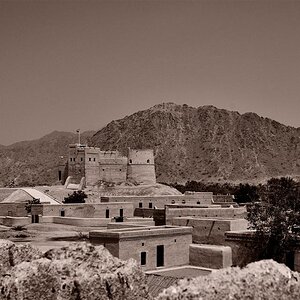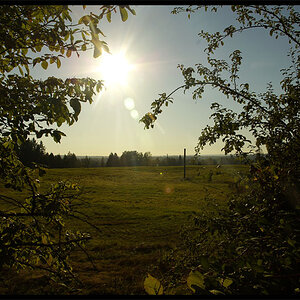Samanax
TPF Noob!
- Joined
- Jan 1, 2009
- Messages
- 2,562
- Reaction score
- 0
- Location
- Kaneohe, Oahu
- Can others edit my Photos
- Photos OK to edit
Folks here don't like to click on links to galleries...better to imbed the images in your post and you'll get more C&C that way.
To imbed an image from Flickr. Go to the picture you want to use from Flickr and click on "All Sizes" (above your picture). Select the size you want to display and then look below the picture for the #2 box that says "Grab the photo's URL:". Highlight to select it and then right click the selection and hit Cut (or Copy). Now go back to the TPF (The Photo Forum) post you want to imbed the image in. Click on the orange and grey icon above the message box (the one that looks like a tree with a camera in the front of it). In the box that pops up, paste the URL in box (make sure you only have 1 "http://" in the URL line before you hit the Ok button). Hit the Ok button. Click on the "Preview Post" button to see if your picture is imbedded in the post.
To imbed an image from Flickr. Go to the picture you want to use from Flickr and click on "All Sizes" (above your picture). Select the size you want to display and then look below the picture for the #2 box that says "Grab the photo's URL:". Highlight to select it and then right click the selection and hit Cut (or Copy). Now go back to the TPF (The Photo Forum) post you want to imbed the image in. Click on the orange and grey icon above the message box (the one that looks like a tree with a camera in the front of it). In the box that pops up, paste the URL in box (make sure you only have 1 "http://" in the URL line before you hit the Ok button). Hit the Ok button. Click on the "Preview Post" button to see if your picture is imbedded in the post.


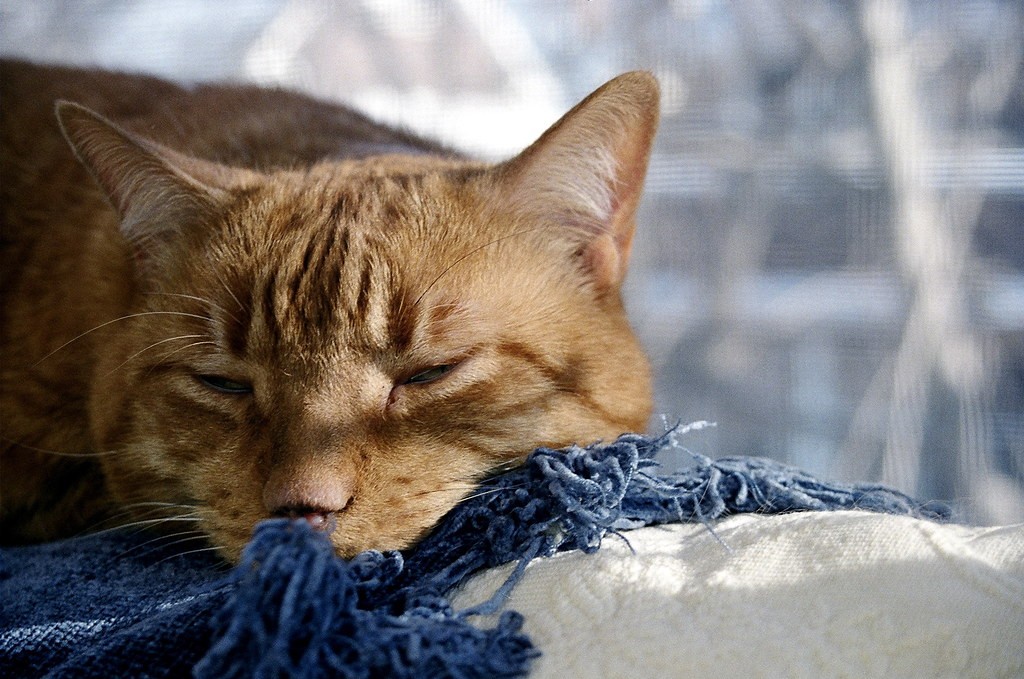
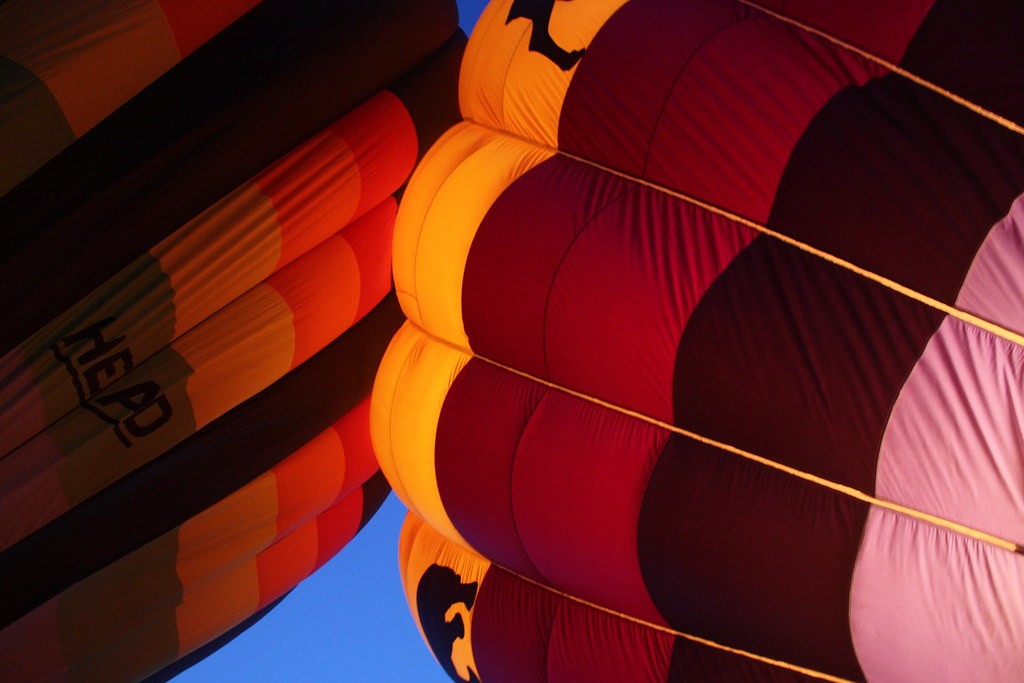
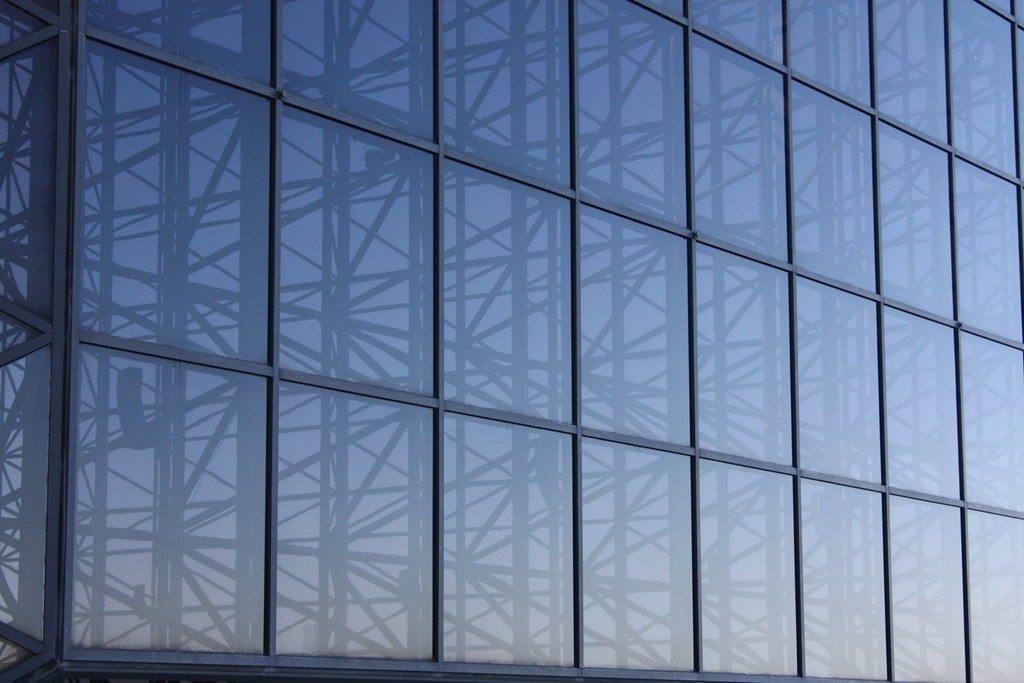
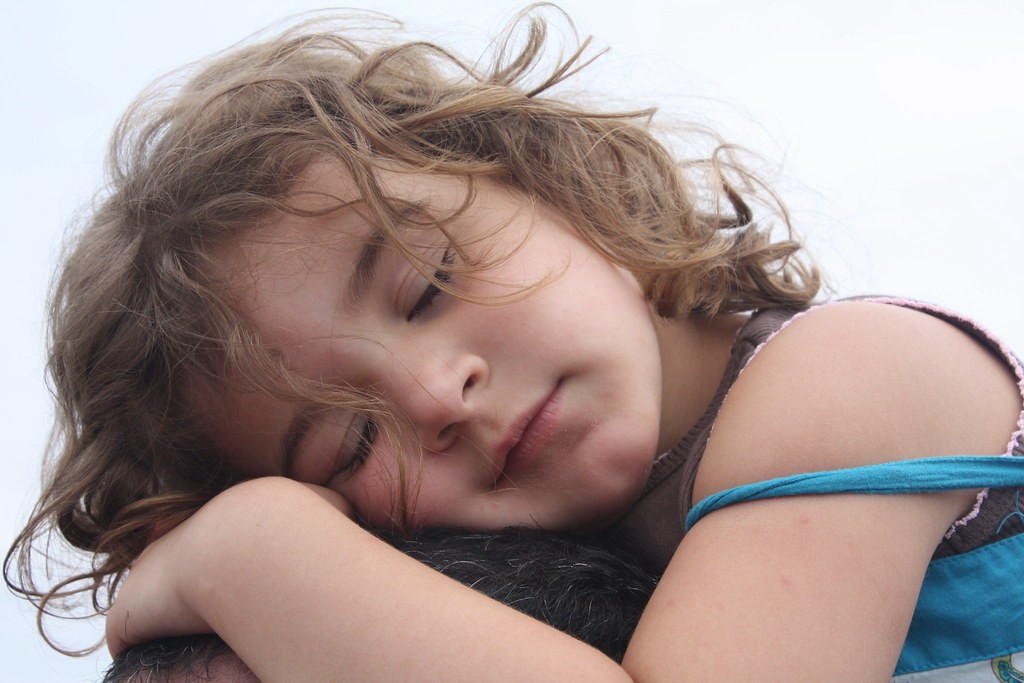
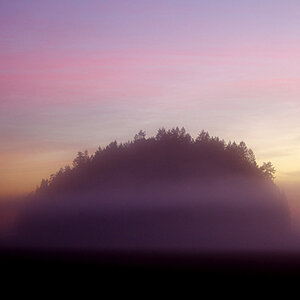
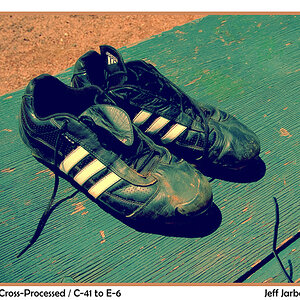
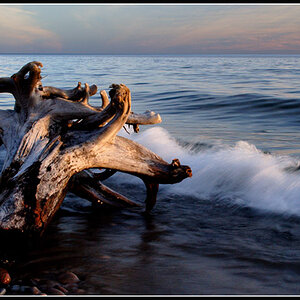
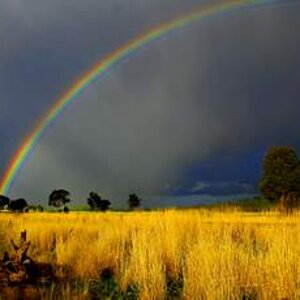
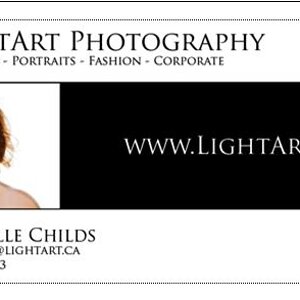
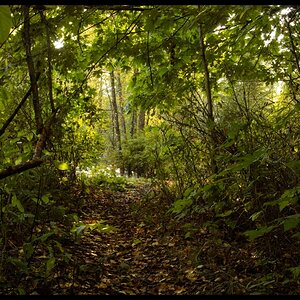
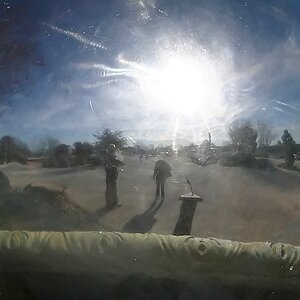
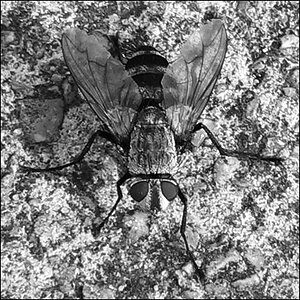
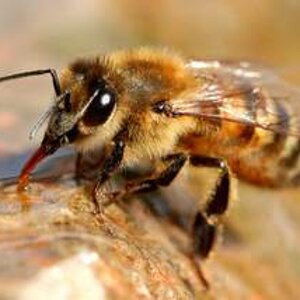
![[No title]](/data/xfmg/thumbnail/33/33339-c5b461af62b32f6b6529f1b334d818ba.jpg?1619735909)
